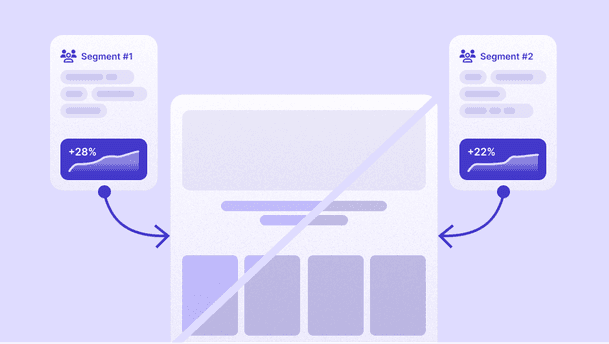“Data is the new oil”
This quote was first coined by Clive Humby, a British mathematician, back in 2006. Since then, many other people have used this concept that perfectly captures the idea that data is one of the most valuable resources in our modern world. Much like oil in the past, companies today desire control over data, knowing that they gain the power to shape realities.
Because of its value, data is used everywhere. Businesses, for example, are leveraging data to create personalized experiences for their customers. Instead of sending generic messages to everyone, companies are using customer data to create targeted content that speaks directly to each customer's interests and needs.

Adapting to the new normal - The rise of personalization
The importance of personalization has grown significantly since the year 2020. We cannot deny that the world has changed a lot due to the pandemic. With everyone at home, the Internet was the primary channel people connected and communicated with companies; so businesses had to rethink how they engaged with their customers.
However, this rapid shift to only digital, caused consumers' expectations to soar, catching many brands off guard. Suddenly, consumers demanded that companies remember everything about them, their identities, origins, and preferences, no matter which channel they interacted through. So, companies had to quickly adapt to meet these new expectations for personalization.
Nowadays, consumers are used to personalized experiences, and they want even more. It's like the saying goes, "The more you get, the more you want.”
Research conducted by Twilio Segment, which surveyed 3,000 companies and consumers to understand their perspectives on personalization, revealed an interesting disparity. Surprisingly, while 85% of companies think they offer personalized experiences, only 60% of consumers agree. Other data emerging from Twilio's report is that 75% of businesses believe personalization is essential, while over half of consumers agree that personalization makes their experience better.








